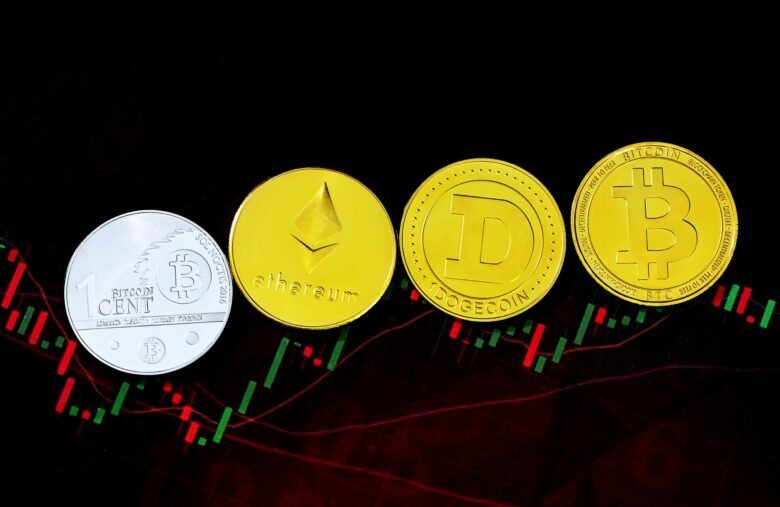
Over the course of the last 7 years, cryptocurrencies such as bitcoin and Ethereum have progressed from being a hobby for tech enthusiasts to an intriguing prospect for financial investors.
The hysteria and despair that have engulfed decentralised cryptocurrencies are increasing the appeal of their soon-to-be-released competitors: digital cash, which is issued by central banks. These tokens will be staid, centralised, and under the control of the government. When you live in an Iot technology globe in which devices ought to receive assistance with one another all the time, instantly, and without contributing to global warming, that’s exactly what you’ll want to hear.
Advantages
This has a number of obvious advantages. A global economy powered by FedCoin, digital euro, and China’s e-CNY will make far less restrictive requirements on energy supplies than a world economy powered by cryptocurrencies in order to. Try not to become a lightning rod for new speculative speculation. It is necessary to use power-hungry hardware to protect the block chain technology from double-spending attacks because, in the nonappearance of a financial authority, the “mining,” or evidence protocol, that protects it from double-spending attacks is insufficient. The electricity consumed by Bitcoin and Ethereum is enough to power the lights of 16 million American households.
Proof-of-stake is a technique that uses a fraction of the energy required by proof-of-work. Ethereum is planning to make the switch. The cryptocurrency Ether will take the place of hardware and electricity as the investment required to maintain the network’s security. Validators will be compensated if they secure at least 32 Ether in escrow.
Are cryptocurrencies for long term?
Aspect of cryptocurrency that is characterised by its “utility.” As the concept of blockchain and distributed ledger technology (DLT) gains traction, a slew of new use-cases will emerge to capitalise on the existing infrastructure of the cryptocurrency industry. You could think of it as a “internet of value.” It is possible that cryptocurrencies and their related facilities will form the foundational layer of a large number of very useful decentralised applications in the future, similar to how hardware and software became an integral part of the world wide web. Examples include instant settlement in the capital markets, easier peer-to-peer loaning, supply chain improvements and other applications based on blockchain and distributed ledger technology (DLT).
Characteristics
The following characteristics will be present in an ideal candidate who will qualify for the utility component of the crypto-world.
- It is widely accepted by crypto-developers as a standard (and not just crypto-traders).
- It is adaptable and provides a great deal more than just peer-to-peer payouts and theorising.
- The project has a huge proportion of developers who are constantly refining and improving it.
At the moment, only a handful of cryptocurrencies come close to meeting these requirements, with Ethereum taking the lead, followed by Bitcoin, Cardano, Polkadot, and Chainlink in that order. These are aimed at harnessing the vast potential of blockchain technology, rather than simply serving as a gold-alternative alternative (which is covered by Bitcoin in the list).
This list is neither exhaustive nor conclusive in any way. It is intended to serve as a guideline for placing bets on the non-speculative benefits of blockchain technology over the medium term. It is possible that others will be added to the list in the future, or that some of the current ones will be removed from it.




